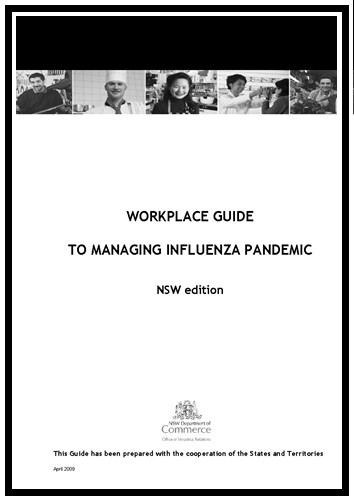Many OHS professionals and business gurus state that safety leadership must come from the top of the corporate tree. BHP Billiton received some rare positive press on 16 June 2009 concerning its OHS policies.
According to Mark Hawthorne, BHP CEO Marius Kloppers has revealed he is battling “pig flu”, in his words. This seems to have generated a flurry of OHS activity. Sadly the best OHS practice was not mentioned, which would be to send the infected CEO home.
Hawthorne’s article identifies several BHP swine flu actions:
- non-essential trips have been cancelled;
- executives who must fly are being provided with Tamiflu;
- cleaning shifts have been increased;
- telephones, keyboards, rest rooms and public areas are being disinfected more regularly; and
- bottles of alcohol-based hand sanitisers have appeared.
SafetyAtWorkBlog is seeking clarification from BHP Billiton on a number of points.
It is hoped that these measures were not generated only by the CEO comments but were already in place, particularly, following previous incidents with SARS and even avian influenza.
Any measures should be supported by staff consultation that involves more than a notice on the board or an email in the intranet. Many of these measures generate as many questions as they hope to answer and there should be information sessions for those who wish more detail.
Indeed one of the basic employment issues that always comes up in discussions about pandemics is leave entitlements. The importance of brainstorming pandemic planning can be illustrated by an article in The Australian, also on 16 June 2009. The ACTU believes that unpaid leave should not be applied if a worker needs to be absent from work due to influenza, even if the worker themselves are not ill.
The ACTU has told SafetyAtWorkBlog that the following motion was passed at last week’s ACTU Congress
that Federal and State governments should bring together peak union and employer groups to establish guidelines for handling the pandemic. These would:
- ensure workers and their families are not financially disadvantaged by the outbreak;
- provide employers with useful information and procedures to deal with any suspected cases of swine flu in the workplace;
- ensure persons who are in isolation as a consequence of swine flu are not discriminated against or disadvantaged in their employment; and,
- educate the community about the disease to stop misinformation, panic and help in the overall strategy to slow down the spread of the disease during the winter months.
One of the criticisms that SafetyAtWorkBlog has expressed about many influenza advice sites is that control of the hazard at work is not being seen in the context of occupational health and safety. This was the case with www.fluthreat.com.
Sadly, influenza information from OHS regulators is of dubious value and application, in many instances, and the regulators have not been promoting their advice. Very little OHS traction has been gained on the pandemic, even when the unions make the point to the media, as the ACTU did with The Australian newspaper. The Australian’s article did not mention the following, and sensible, ACTU advice:
“Employers owe a duty of care to workers to provide healthy and safe workplaces as far as reasonably forseeable(sic) [and] the swine flu outbreak has been highly publicised and is reasonably forseeable.”
Let’s hope that the BHP Billiton control measures are part of an integrated OHS/pandemic plan and not a reflex action to please the boss.


